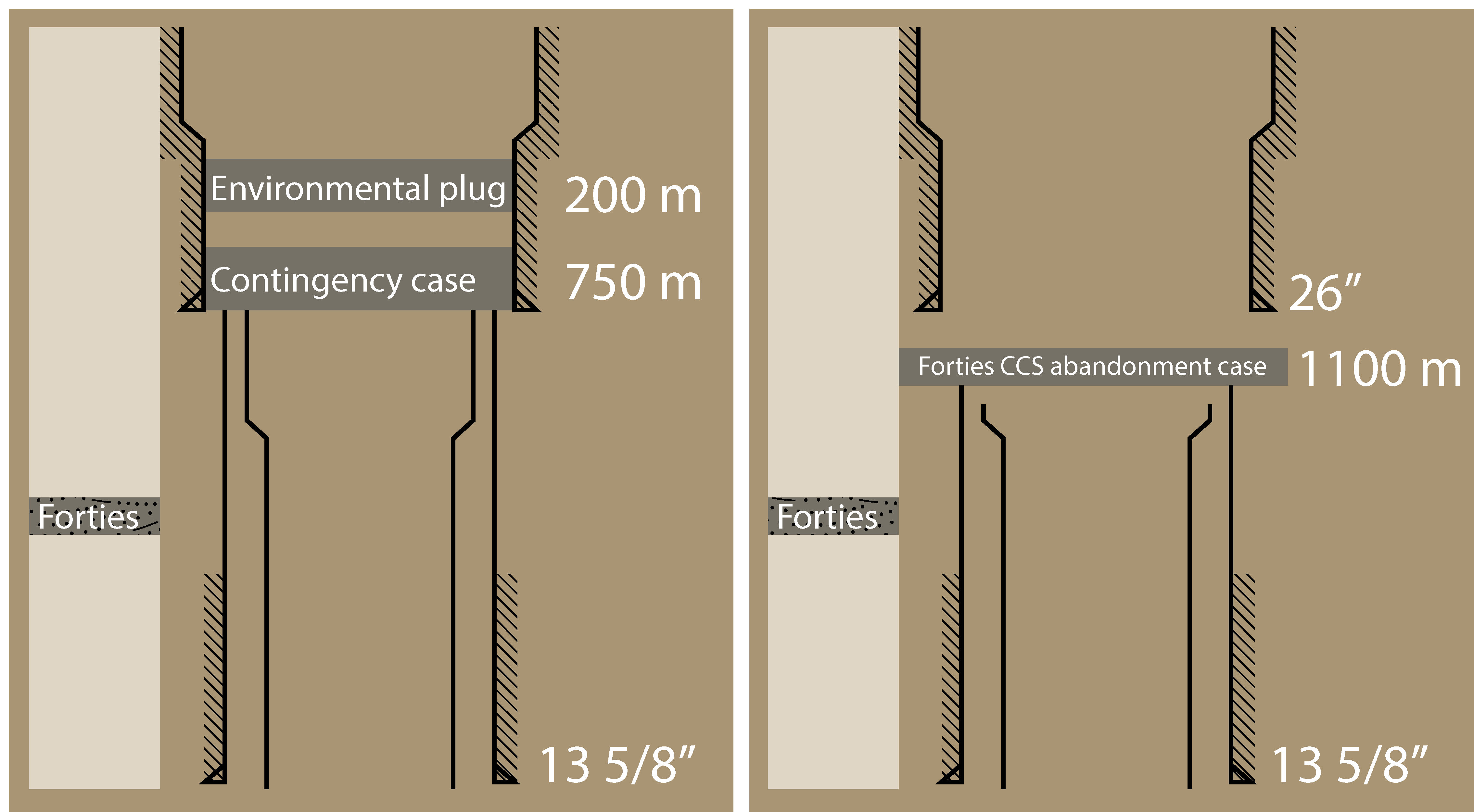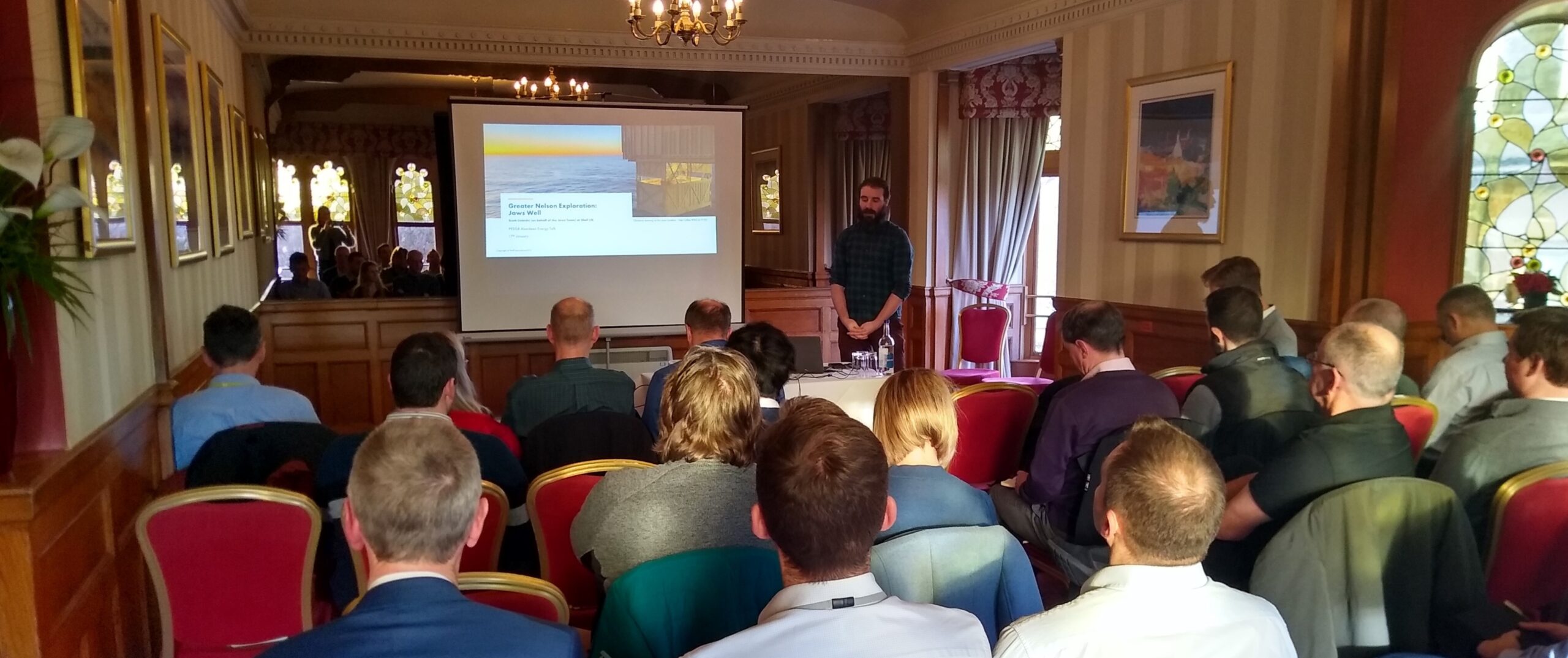“The geoscience behind well abandonments is getting more challenging when we want to accommodate requirements for potential CCS projects in the area,” said Scott Liebnitz during last week’s Aberdeen Energy Talk.
Organised by GEO ExPro and the PESGB, it was the first time since the start of the pandemic that people from the subsurface community came back to the Atholl Hotel to network and hear a technical talk, proactively supported by Shell and sponsored by HRH Geology.
Scott presented the story behind drilling the Jaws well, completed in 2022, to explore the potential of the Upper Jurassic Fulmar sandstones on the eastern margin of the Forties-Montrose High in the UK North Sea. Even though a good reservoir section was found, the Fulmar sands turned out to be water-wet, most likely due to a lack of hydrocarbon migration into the closure.

CCS Potential
The Jaws well was drilled in an area where the Paleocene Forties sandstone constitutes a potential candidate for future carbon storage projects. The Forties reservoir is a regionally extensive deep-water turbiditic fan which is in relative hydrodynamic communication over geological time. The Paleocene sandstone is also an important reservoir for nearby fields; Shell-operated Nelson and Apache-operated Forties are examples of this in the immediate vicinity.
As the Jaws well was dry, it was obviously decided to abandon it straight away. The conventional way to abandon wells of this kind, where the Forties reservoir is water-bearing, is to set an Environmental Plug in the Nordland Group at a depth of around 200 m. In case the Forties would have been oil-bearing, the plug would have been required at a deeper interval (750 m), but still in the same 26” casing.
However, should the Forties sandstone be used as a reservoir to inject CO2 in in the future, the conventional way of abandoning this well would not have been sufficient. In that case, a plug was required approximately 500 m below the 20” casing shoe, which means that an additional 1,000 m of casing was to pulled out of the hole in order to expose the 13-5/8” outer casing.

The main rationale behind arriving at this particular depth is the ability of the plug to contain a super-critical CO2 gas gradient, which was determined together with experts from the NSTA. This obviously had a knock-on effect on the abandonment costs of the well. However, Shell designed and delivered the Jaws well according to the current CCS requirements, thus eliminating the risk of future CO2 leakage pathways.
Not the Only Well
In the past, quite a few exploration wells in the immediate vicinity of Jaws also targeted Mesozoic reservoirs. With the Forties being dry in many of these cases, most of these wells will not have cement plugs across the entire Forties, and no Cement Bond Logs to confirm the Top of Cement (TOC). For that reason, these older wells run the risk that the Forties reservoir is not completely isolated. So, even though the Jaws well is robust against future CCS potential if it is launched in the area, there are still many challenges to overcome to realise such a project. Even so, it’s important that operators do not add additional wells that may not be suitable in the future, with an optimised abandonment that de-risks the well as far as reasonably possible.





